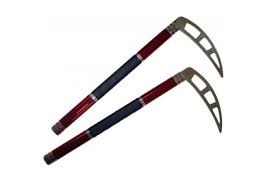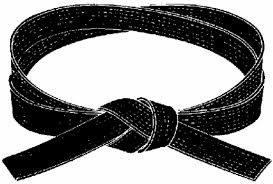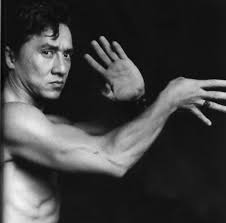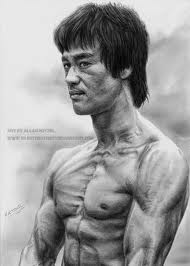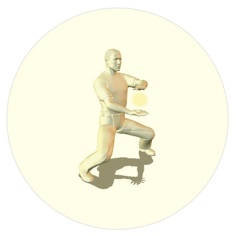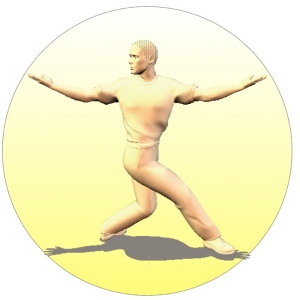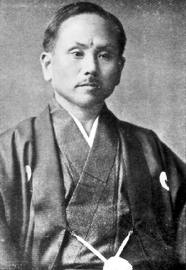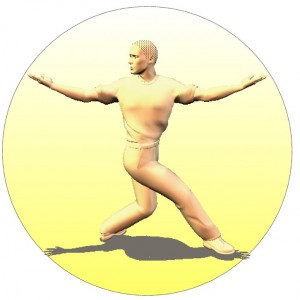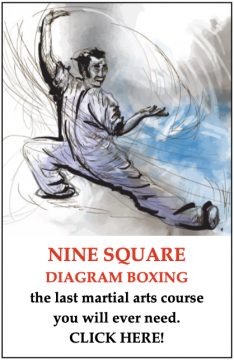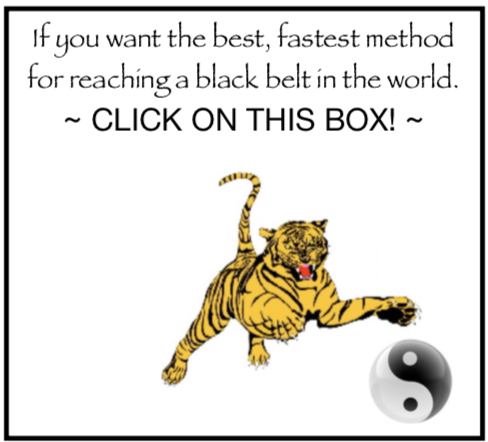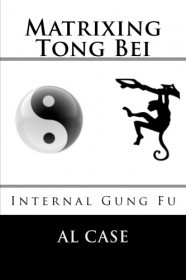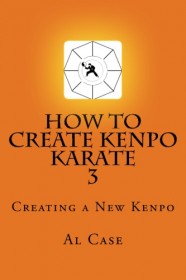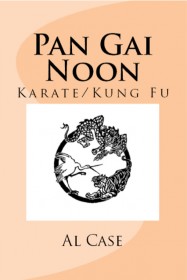What is the Best Martial Art Weapon
I’m always fascinated by martial art weapons.
It’s so nice to think that you can stand back and defend yourself
without ever getting your hands dirty.
The problem is that I don’t like many of the martial art weapons out there.
I like the Chinese sword.
It is delicate and quick,
like a knitting needle.
I like blow guns,
they are silent,
foldable,
you can make poison darts.
I like two sticks,
they are fantastic for training.
And I like a few others,
but most martial art weapons are too heavy,
or confined in their motion.
Now,
that said,
I probably never told anybody this,
but my father was an engineer.
Actually,
he made prototypes.
At first he worked for a small company named Ampex.
He was responsible for materials and machining
for the original tape recorders
back in the fifties.
In the sixties he went to Memorex,
became the prototype engineer,
again,
responsible for machining exotic materials.
Now,
let me bridge this to the martial arts.
In his spare time
he used to play golf,
and he started putting together weird golf clubs.
By weird,
I mean that he had access to space age materials.
And he started making golf clubs
with titanium shafts,
fibre glass shafts,
heads made out of…whatever,
and so on.
He probably invented a couple of things,
but he never bothered with patenting,
the companies he worked for
were pretty obsessive about patents,
so he didn’t bother.
He knew if he patented a golf club
one of those companies
would claim it was theirs.
Seriously.
Anyway,
the reason I bring this all up
is that I don’t see any martial art weapons
using space age materials.
There’s a couple of things out there,
especially knives,
and there’s some other oddities,
but when is the last time
you saw a sword made out of some exotic material,
kept a better edge,
even if you used it to pound in spikes?
I know there have a been a few things made,
but not a lot.
Wouldn’t it be cool to have a staff
as light as fiberglass,
but virtually unbreakable?
A sword that actually bends?
Now,
I can see problems with some of these things,
for instance,
something might not have the weight,
and you do often need weight in a weapon,
but if you put an exotic metal blade on the end,
it would be as quick as a knitting needle,
but longer than a Chinese sword,
and it might put a whole new slant
on fighting with weapons.
Man,
I can think of all sorts of problems,
but it would be fun to make something like that,
see what the probs are,
then reinvent it again,
and eventually focus
on something better.
The whole thrust of war
has been for better machines.
The machine gun revolutionized warfare.
Then along came the tank.
The submarine,
the blimp…and the plane.
So why not the martial arts weapons?
Think about it,
a heat seeking nine section chain dart.
Or,
a laser guided samurai sword…
Well,
perhaps I’m going a little too far,
but if necessity if the mother of invention,
imagination is the father of invention.
All right,
let me share a win…
Al,
I just wanted to say that I think that your Blinding Steel program is a great addition to my students escrima training. I have been teaching them the Heaven Six patterns and found that your concept of the Circle of Blocks is a great way to enter into these patterns. The ability to flow from the circle to the heaven patterns is a great way for the students to learn movement, striking and blocking with ease. The nine square concept made it very easy for them to see the angle of attacks that can be delivered at any given time. It also is a great way to remove the fear of being struck during the disarm section of Blinding Steel. Excellent info once again. Well done Al, well done. I just want to say thank you and keep up the great work.
Michael G
Thanks Michael!
And for everybody,
my programs,
and especially the Blinding Steel,
are martial arts by themselves,
but their real purpose
is to clarify all martial arts,
and you can use them
with your martial art
no matter what martial art it is.
Anybody who teaches martial art weapons,
should consider implementing blinding steel.
Anybody who teaches Karate,
should start of with Matrix Karate.
And the Shaolin Butterfly
should be taught before traditional Shaolin.
Don’t you understand?
These are unique and whole martial arts by themselves,
but they expose and clarify
and give a big, whomping, huge,
kick in the butt
to all the traditional martial arts.
I haven’t re-invented the martial arts,
I have just figured out better ways to teach them,
how to make them work together,
how to figure out the lost (concealed) pieces,
and so on.
It’s like putting space age material,
on ancient weapons,
and getting something better.
Oinkey Donkey,
here’s the URL…
http://monstermartialarts.com/martial-arts/3a-blinding-steel-matrixing-weapons/
have a great martial art weapons work out!
Speaking of Martial Art weapons…have you read The Bomber’s Story by Al Case?
